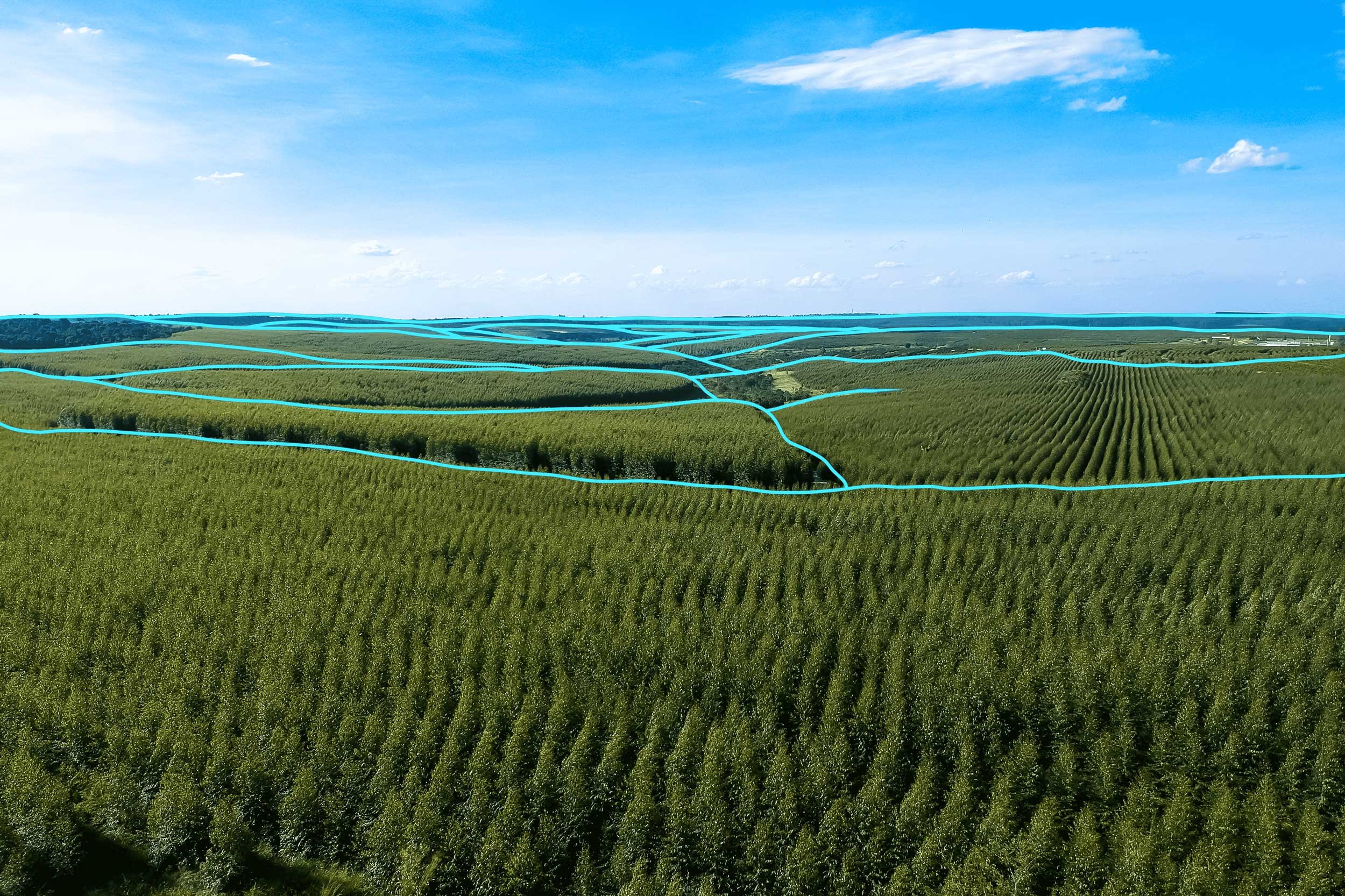
4
Conservation easements
We also take this opportunity to highlight that approximately 425,000 ha, or 10% of land in which Stafford funds have an interest is both certified and subject to conservation easements on title that restrict the use of land. In some cases, this applies to high value areas set aside for pure conservation reasons and in others limits future development but allows for ongoing sustainable forest management and low intensity recreation.
Conservation easements provide important environmental benefits through increased biodiversity, regeneration of damaged ecosystems, and habitat for native plants and wildlife that can often be endangered. These areas can vary from small patches of forest or riparian zones to large areas of interconnected forest ecosystems.
Over the course of 2020, several of Stafford’s managers have been actively engaged in the protection of high value conservation areas across fund properties. The protection of waterways, or ‘riparian zones’, within fund properties is a critical stewardship role played by forest managers and has benefits well beyond the immediate forest. Forests reduce water sedimentation and nutrient enrichment from soil erosion to the benefit of downstream users. Protection of riparian zones also provides critical habitat for local flora and fauna and greatly encourages biodiversity.
An example from a manager overseeing Stafford plantation investments in Brazil, is a conservation programme located in the south aimed at improving riparian zone management across a number of river catchments. Working together with local stakeholders, the program provided the time and expertise of management staff to help neighbouring landowners exclude stock from creeks and rivers, and to plant or rehabilitate existing streamside vegetation. These relatively simple actions will over time have a big impact on overall local water quality.
Another example from a US based manager overseeing Stafford properties in the Pacific Northwest saw them partnering with a local government agency to expand an existing segment of salmon spawning and rearing habitat on the banks of the lower Columbia River. The project successfully restored access to 1.5 miles of high-quality spawning habitat for adult salmon by connecting the river with four hectares of natural wetland and helping to improve local biodiversity.
“Over the course of 2020. several of Stafford’s managers have been actively engaged in the protection of high value conservation areas across fund properties.”
